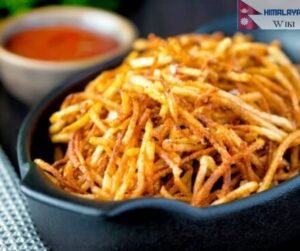✓ As a Nepalese, Dal Bhat is my all-time favorite dish. It is not only the favorite food but also the emotion of all Nepalese people. Nepalese People find it tasty even if they eat it two or three times a day. So, in the article below, I’ll cover everything you must know about Dal Bhat.
Dal Bhat Power 24 hour!!
Dal Bhat Recipe

✓ Dal Bhat is a local and popular Nepali cuisine that is particularly famous among South Asian countries. It is the national dish of Nepal.
✓ The main dish of Nepal, known as “Dal Bhat,” holds a great role in Nepali culture and cuisine.
✓ People mostly eat it twice a day. For every Nepalese Person, it is a comforting dish. This is the everyday go-to meal for every Nepalese person.
✓ It is easy and faster to cook. Despite its simplicity, Dal Bhat Tarkari has diverse flavors all over Nepal. Different regions, religious and ethnic groups, and caste people have their own way of cooking.
✓ Some use various spices, and others may have different cooking methods—for example, Newari Dal Bhat, Thakali Dal Bhat, Tibetan-influenced dal Bhat, etc.
✓ Dal is easy to make. It takes only a few ingredients to make Dal. Different types of Dal (lentils) are used in Nepal, such as red lentils, black lentils (beluga), french green lentils, yellow lentils, brown lentils, chickpea lentils, pey lentils, etc. Nepalese people mostly use Red & Yellow lentils to make thick Dal.
| Read More: Kheer |
Along with Dal Bhat, Nepalese meals include side dishes like sag (green leafy spinach), tarkari, Chicken Curry, Mutton Curry, Fish Curry, Pickles, Chutneys, Salad, Pappad, etc.
Ingredients
For the Dal (Lentils)
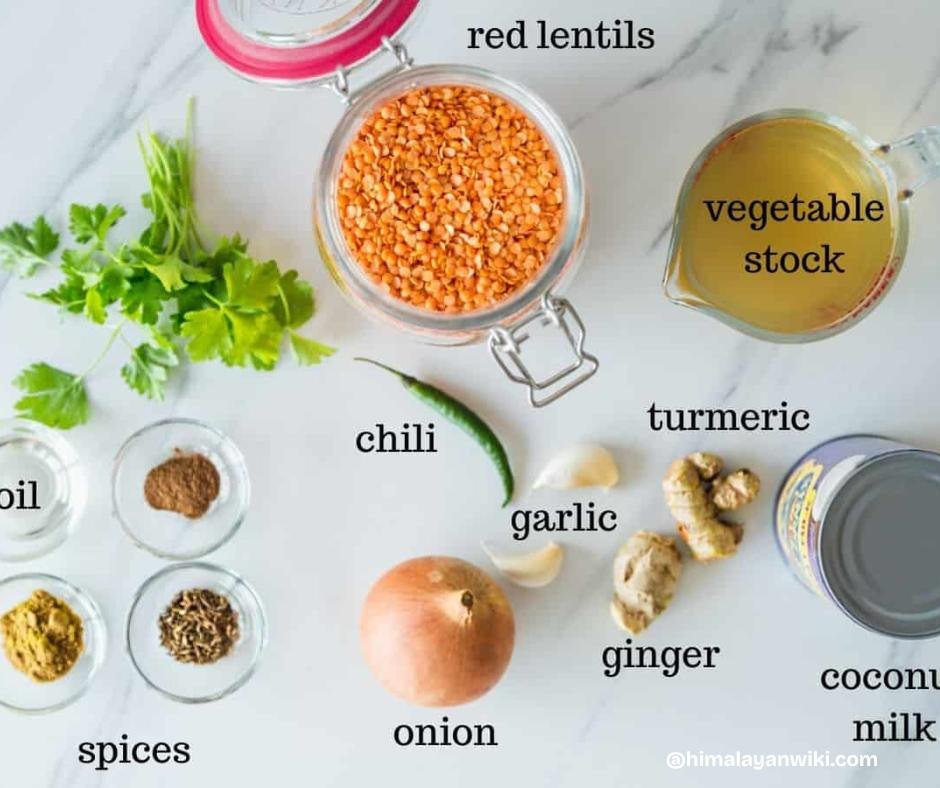
✓ 1 cup red lentils (or yellow or brown lentils)
✓ 3½ cups water,
✓ 2 onions,
✓ 2 cloves garlic,
✓ 1 teaspoon cumin seeds,
✓ Salt & Pepper
✓ 1 teaspoon garam masala,
✓ 5 pods of green cardamom & 4 tablespoons vegetable oil
✓ A few leaves of cilantro, chopped (optional)
Recipe
✓ To make Dal (lentils), you should rinse them first until the water is crystal clear and keep them on the side for some time.After some time, put the Dal (lentils) in the pressure cooker and add the water and a pinch of turmeric for color.
✓ Let it cook for 10-12 minutes until it whistles 4-5 times, ensuring the Dal (lentils) is soft and musty. Then, heat the pan and add 2/3 tbsp oil or ghee. Add Coriander Seeds, Cumin Seeds, cinnamon sticks, cardamom, cloves, and chopped onion, and cook until it’s golden brown.
✓ Then add sliced green chili, garlic, and ginger and cook for some time. Then, put the thick batter in a pan and add various spices according to your taste. Add salt as per taste, and cook it for 5-10 minutes. After that, add coriander leaves, and our Dal (lentils) will be ready.
For the Bhat (Rice)
| ✓ 1 cup basmati rice
✓ 3 cups water ✓ Kosher salt |
 |
Recipe
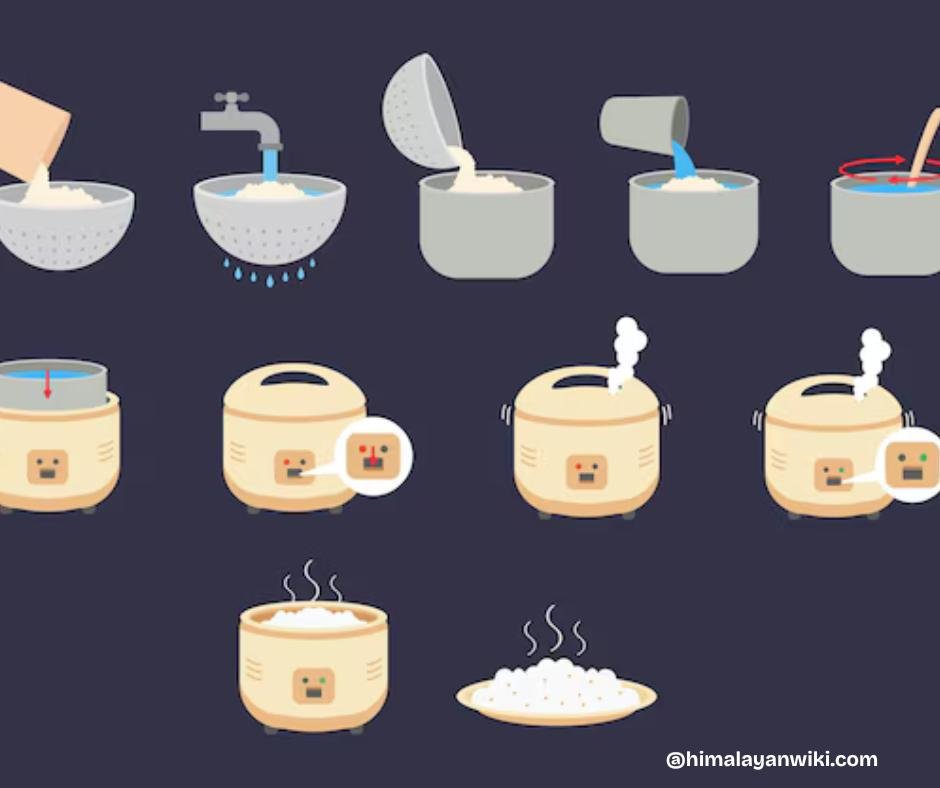
✓ To prepare bhat (rice) you need to clean the rice first and soaked it on water for some time. You can cook the rice in the rice cooker or the pressure cooker as you wish, but cooking rice in the rice cooker is more accessible than cooking in the pressure cooker.
✓ It is difficult for people to use it for the first time. Measuring the fixed quantity of water according to the rice isn’t easy for beginners.
✓ So, use a rice cooker, add soaked rice, and pour some water. Please turn on the switch, close the rice cooker’s lid, and leave it for some time to be cooked.
✓ The rice cooker automatically turns off the plug when the rice is well cooked. There is no need to worry about the rice. You can do some chores while the rice is being cooked in your free time.
For the Tarkari (Vegetable curry)

✓ 1 lb cauliflower florets
✓ 3 potatoes, peeled and diced
✓ 3 carrots, cut into thick slices
✓ 1 cup peas & Salt
✓ 1 onion, minced, Water
✓ 3 cloves garlic, crushed
✓1½ tablespoon ground ginger & ½ teaspoon ground coriander
✓ 3 pods cardamom & 1 small chili pepper
✓ A few saffron threads, & 1½ teaspoon garam masala
✓ 1 teaspoon ground cumin & 4 tablespoons vegetable oil
Recipe
✓ A wide variety of vegetables are served along with Dal Bhat. However, the preparation and the time are almost identical to making Dal Bhat.
Vegetables like green leafy spinach and lettuce take time, but veggies like potatoes, cauliflower, beans, etc.
✓ To make tarkari, turn on the stove and put the pan in it. Add 4/5 tbsp edible oil, Coriander Seeds, Cumin Seeds, cinnamon sticks, cardamom, cloves, and chopped onion, and cook until golden brown. After that, add chopped green chili, garlic, and ginger and cook for some time.
✓ Add freshly washed veggies and cook until fully cooked. You can add spices to make it more delicious or use ready-made packed spices.
After some time, when the masala and the veggies are well cooked, add chopped tomatoes and stir them until throughly mixed.
✓ Cook it on low flame because after adding masala, there’s a risk of burning, So we should be more careful when the tarkari is fully cooked, garnish with coriander leaves, and turn off the gas.
For the sag (Green leafy veggies)
|
✓ 1 lb spinach chopped ✓ 2 onions ✓ 3 cloves garlic ✓ 1 teaspoon ground ginger ✓ 1 teaspoon garam masala ✓ Salt ✓ Pepper ✓ 4 tablespoons vegetable oil |
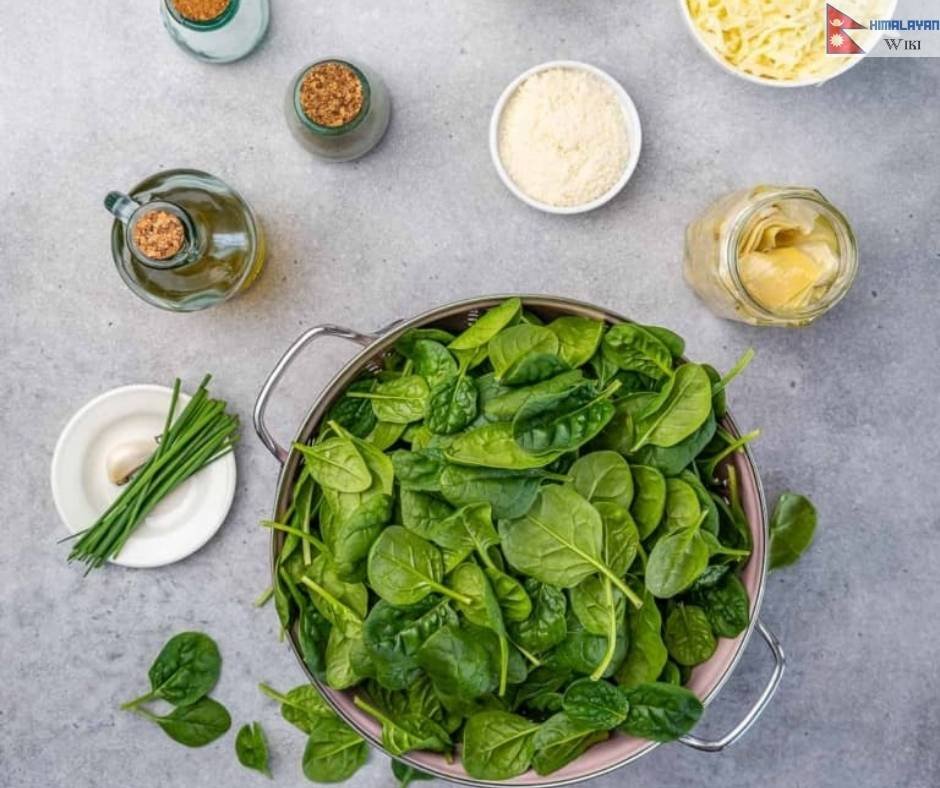 |
Recipe
✓ For sag (green leafy spinach), put the pan on the stove, add 3 tbsp oil, and add 2 chopped onions, 3 cloves garlic, and 1 tsp ground ginger paste. Cook it for some time. Add chopped spinach, salt and pepper, and garam masala as per taste, and stir until it’s fully cooked.
Traditional Nepali Dal Bhat is a local Nepalese vegetarian dish but it is also served with non-vegetarian dishes like Chicken Curry or Mutton Curry.
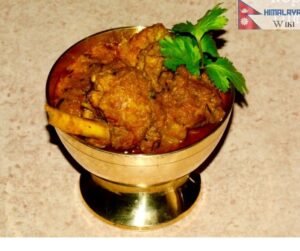 |
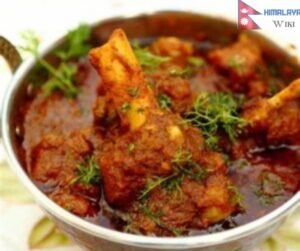 |
✓ Making Chicken Curry takes less time, but making Mutton Curry takes much longer. Homemade spices make it an authentic and pure Nepali dish.
✓ You can also add your spices to make it tasty. Another side dish is Gundruk Achar, which includes vujiya, tomato pickle, and other vegetables. These side dishes are not so necessary in Traditional Nepali Dal Bhat; they are an additional dish.
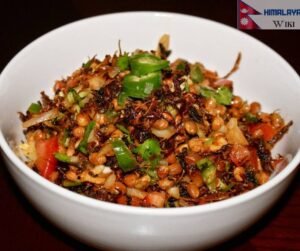 |
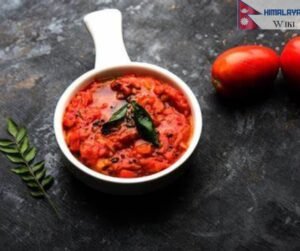 |
Conclusion
✓ Moreover, Traditional Nepali Dal Bhat is a wholesome dish representing our culture, religion, diversity, variety in taste, etc. This dish is a versatile and adaptable dish that everyone loves to eat.
✓ Traditional Nepali Dal Bhat is more than a meal in Nepal. It is the emotion of every Nepalese person.
✓ Dal Bhat is a stable and ideal choice for a fulfilling meal. Many authentic Nepalese foods define Nepal’s beauty, but No other cuisine can beat Traditional Nepali Dal Bhat.



